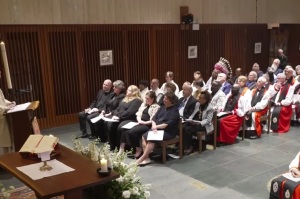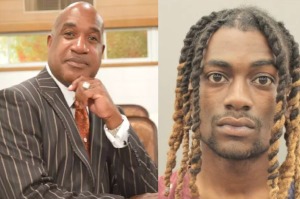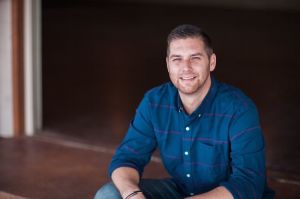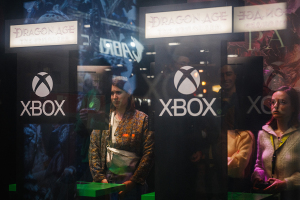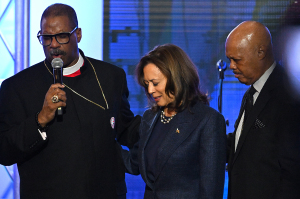Multiracial churches on the rise, Catholic churches lead in diversity: survey
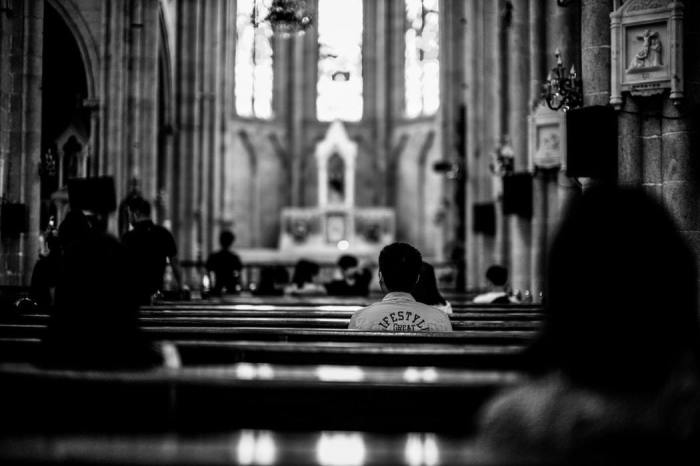
American churches have grown in diversity with Catholic churches leading as the most diverse, a new study by Baylor University shows.
The number of churches where less than 80% of people belonged to one race has nearly tripled since 1998, from 6% to 16%. The study counts churches in this category as “multiracial.”
Baylor University Professor Kevin Dougherty ran the study along with professors Michael Emerson and Mark Chaves. To find the information, the group asked 1,262 churches questions about race from 2018 to 2019. The study is the fourth in a series of studies which began in 1998. It's unclear whether church makeup is changing society or whether some other change is changing church makeup.
"There’s a long history of research that shows when you bring people together to form relationships across racial lines, they start to think differently about race. Racism disappears," Dougherty told The Christian Post. "But for most people, the reason they choose a multiracial place of worship is because they already have positive attitudes about other racial groups."
Since 1998, Catholic churches have always been the most diverse, the study suggests. But Pentecostal, evangelical, mainline Protestant and black Protestant denominations have all been catching up.
Currently, multiracial congregations make up 23% of Catholic churches, 22% of evangelical Protestants, 16% of Pentecostals, 10% of mainline Protestants and less than 1% of Black Protestants, said the survey.
These trends are important because they might lead to or indicate racial healing, Dougherty said.
"The racial history of the U.S. has been a troubled one. Even in current times, the flames have burned bright on racial hostility," he said. "If there are settings in our country where racial groups are coming together, that’s something important to our society."
As the number of diverse churches increased, the number of people attending diverse churches has also increased, rising from 13% to 24%. It’s possible that a larger proportion of people attend multiracial churches because most megachurches are multiracial.
The ethnic makeup of churches changed because white congregations invited in minorities, the study suggests. While the number of all-white churches has fallen from 38% to 15% in 20 years, African American churches have hardly changed in ethnic makeup.
“That’s one of the conclusions of the article,” Dougherty said in an interview with Catholic News Service. “Although we do see an increase in the number of multiracial congregations, it seems to be a one-way street.”
Despite the increased diversity overall, the study noted that white people don’t leave their own churches to attend minority churches and that minority Christians in white churches often aren’t in leadership.
“For whites, diversity is pursued by trying to attract people of color who will not challenge white congregants’ views and practices, sometimes even assuring this selectivity by interacting with potential black participants in ways that ensure that those unwilling to accommodate white culture will not return,” the study said.
The Catholic church might draw its increased diversity from several sources, Dougherty said. People of all races are familiar with the Catholic faith because of the church’s long history and worldwide reach. Also, the Catholic parish system ensures that people in the same area go to the same church, regardless of race. The Catholic church is one in a way that the Protestant church isn't.
"Overwhelmingly, black Americans are Christian in the Protestant tradition," he said. "They have their own denominations dating back to slavery. But that doesn’t exist in the Catholic church."
Diversity is so important to many Americans that it helps determine where they go to church, Dougherty added. People join multiracial churches because they want to experience diversity.
“There is something appealing about that,” he said.
The survey provides a broad picture of diversity in the American church, Dougherty said, but it leaves the more personal questions unanswered.
"Is the diversity resulting in relationships? Are they forming meaningful bonds? We don’t know," he said.
















